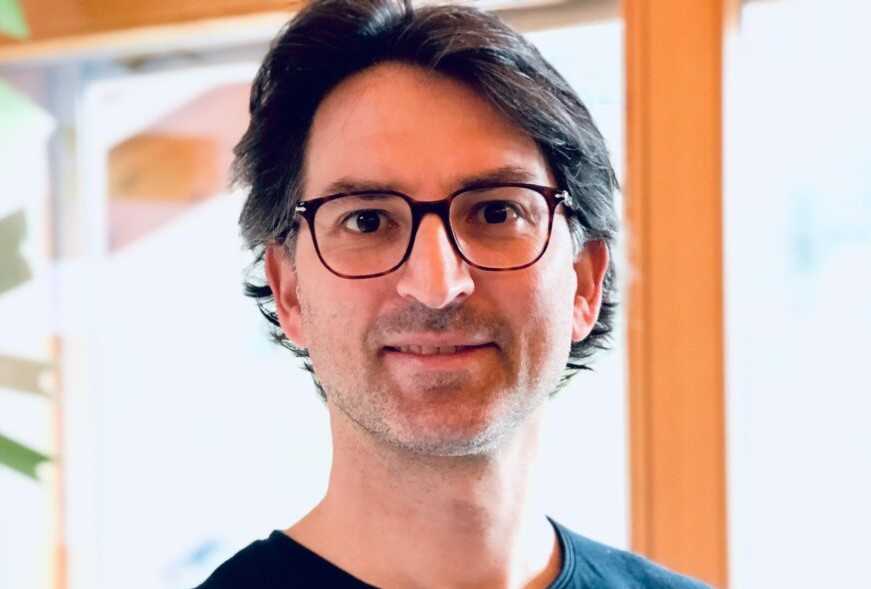MILANO – André Eiermann is a very special personality: he’s originally from Switzerland and he has developed a big experience in the coffee industry, in which he started working in 1999 as Junior Coffee Trader. But he is also a marketing expert, trainer, q grader, Swiss Barista Champion, coffee researcher and author of a book to inspire baristas. Today, we have spoken with him, after the pandemic period.
Coffee exporter, general manager, coffee scientist, championship barista and world coffee finalist in Seoul, q grader and finally writer: Eiermann, to do all this, how much coffee do you drink in a day?
“I started to drink coffee at the age of 26 years only. During my time as a coffee exporter in Kenya and Tanzania, I tasted up to 800 coffees a day. Before I came to Australia, there were many days, even weeks without any coffee at all. Coffee for me is pure pleasure, a sensory journey to a coffee origin and to taste the craftmanship of the producers, roasters, and baristas. I am not a person that drinks coffee for the caffeine kick to get up in the morning or to get through the day.
This week I opened a bag of freshly roasted coffee from Kenya in the morning. By lunch time I enjoyed more than one liter of this delicious filter coffee. Luckily, I have a very high tolerance to caffeine and can enjoy plenty of tasty and sustainable coffee.”
What have you done while waiting for the Australian border to open?
“The Australian border closed for international travelers just eight days prior to my planned
departure at the end of March 2020. I was suddenly jobless, homeless and all my personal
belongings were already in a container on its way to Australia. I was left with one suitcase
only for an uncertain period.
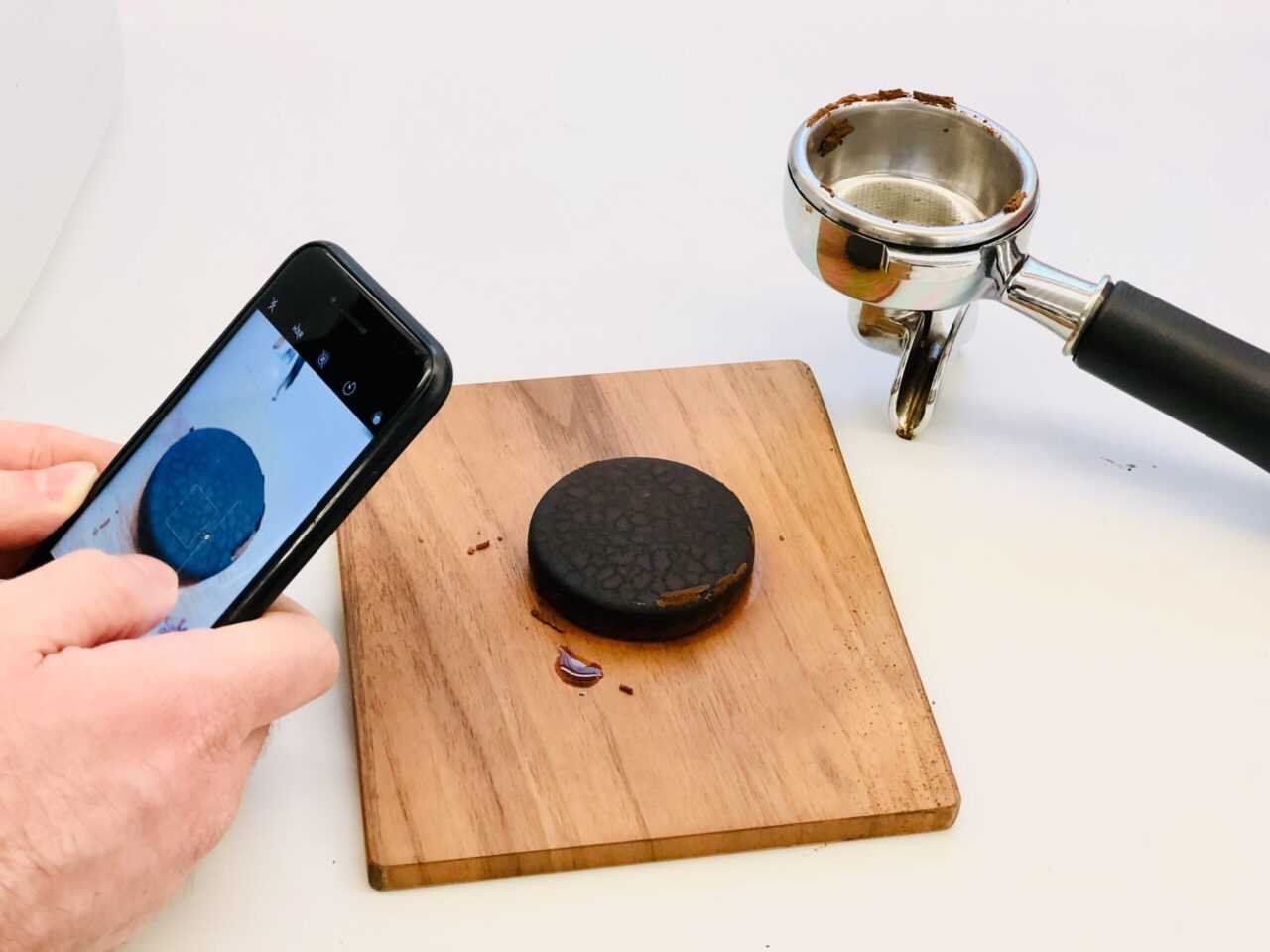
This time of absolute uncertainty turned out to become my greatest learning experience:
Since then, I worked on three scientific coffee research projects with Dr. Samo Smrke from the Zurich University of Applied Sciences (ZHWA). I helped to develop flavored coffee
capsules with the Nespresso capsule inventor Eric Favre, learnt how to cultivate and harvest organic oat, got into bean-to-bar chocolate, cascara, and beer sensory evaluation, and supported friends to raise a company focusing on sustainable, vertically herb farming.
I also spend a lot of time in Italy inside the Victoria Arduino R&D lab, where I developed and tested new products such as the Eagle One Prima, the Mythos grinder, and the Black Eagle Maverick. Luckily, the VA Headquarters is not located far from Emilia-Romagna, the Land of Motors, which is also known as “Motor Valley”. This is a true heaven for racing and motor enthusiasts – like me. It is rare to find such a high concentration of car and motorcycle manufacturers, motor racing tracks, museums, and collectors in one place.
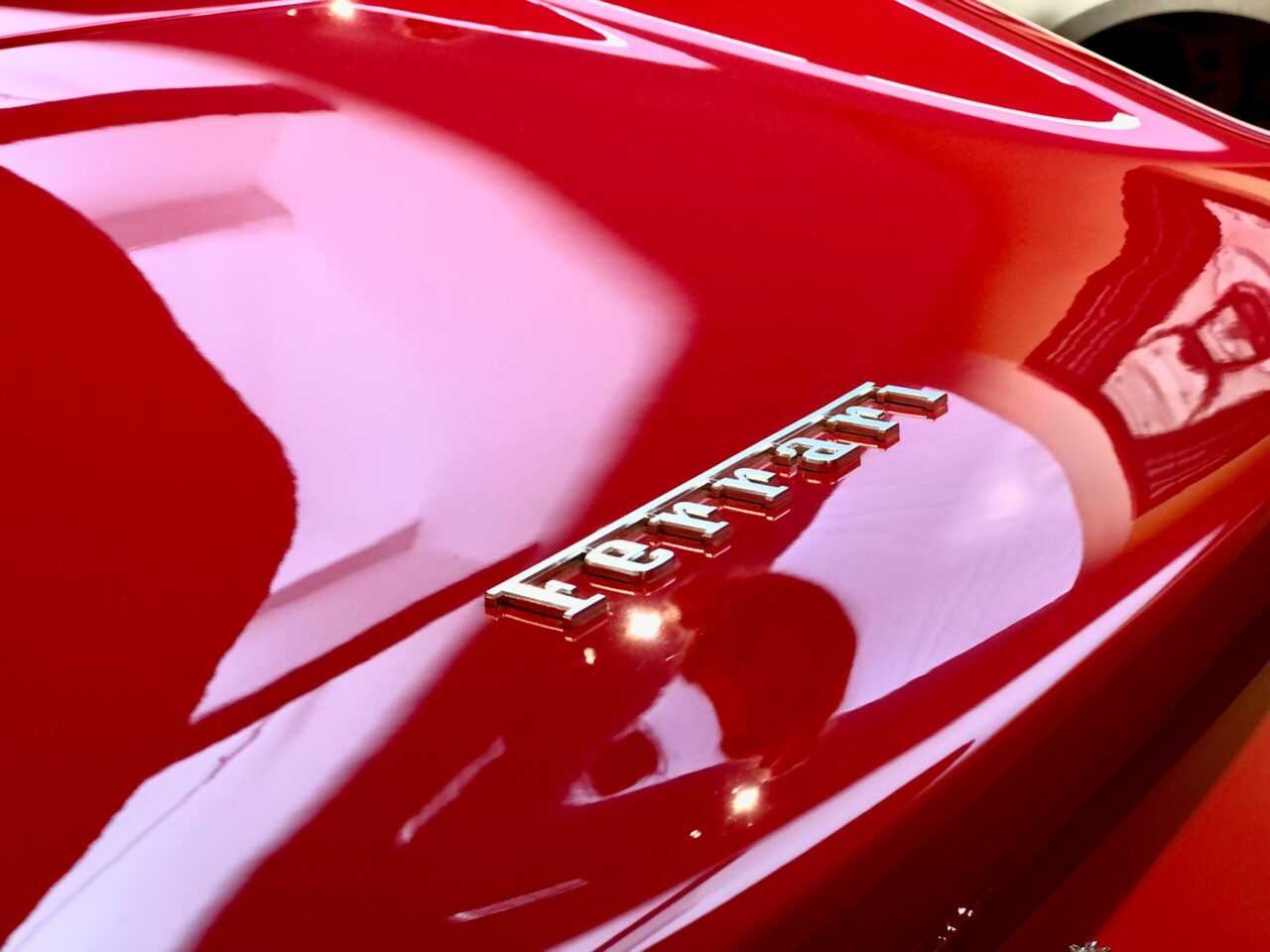
Enzo Ferrari said: “You can’t describe the passion, you can only experience it”, and this is
exactly what I did during my free time. I visited the Ferrari Museum in Maranello and Enzo Ferrari’s house in Modena. Later I explored his rival Lamborghini in Sant’Agata Bolognese. It was fantastic to learn about passion, innovation, and striving for excellence – Made in Italy. Flavio Manzoni, Head of Design at Ferrari described what makes an Italian super car: “We must understand that the BEAUTY is one of the most important qualities of a Ferrari. A
Ferrari is not only about performance and innovation in terms of technology, but it must
also be a be a piece of art.
Another highlight was the House of Horacio Pagani. For Pagani, it is not enough to build
every component of a car with the absolute best materials, and make them achieve
perfection in their performances; they must also be works of art. I was also truly impressed by Giampaolo Dallara who is convinced, that you must learn from the best to become a true master yourself! He said: “Race car design is a wonderful job that forces you to compare with others. It makes it essential to acknowledge the value of your competitors, either when you succeed and when you fail. And it gives you enthusiasm to
both improve and learn new things.”
And just before finally leaving for Australia, I visited the ADI Design Museum in Milan to see what it takes to become part of this design family. “One of the reasons for the success of Italian design is the wealth and variety of craftsmanship. The mastery established in all the different regions and companies, both large and small, has accompanied design culture for decades, highlighting the process of creativity and product customization in a highly original way. In an increasingly digital world, rethinking the value of traditional skills and knowledge acts as a stimulus for reflecting on an ever-evolving design, and more generally, on a more sustainable society and economy”.
Looking back at these 21 months, I must say it was an extraordinary learning experience that taught me a great lesson about the importance of design and craftsmanship in Italy – a true joy of discovery.”
In Melbourne, where you are based, what is the espresso culture like? And what is the speciality scene like? Is there still growth or is it a saturated market?
“To my own surprise, Australia in general, but also Melbourne has no pure espresso culture.
Aussies love their espresso-based milk beverages, such as latte, flat white, and cappuccino. These three beverages account for more than 70% of all coffees served in cafés, bars, or restaurants. A barista here in Australia is a milk texturing and pouring robot. These espresso-based milk beverages are mostly prepared with an espresso blend. These blends are usually medium or even medium-to-dark roasted blends of two, maximum three origins with a focus on sweetness and body.
The term “the coffee cuts through the milk” is very common. Aussies love when the coffee shines through the sweet milk. Single origin coffees are also very common, but mostly enjoyed as a batch brew. The filter coffees are usually lighter roasts with a focus on flavors and acidity. The specialty coffee scene is clearly much bigger here in Australia than in Europe. It is very easy to get a clean, sweet, and tasty specialty coffee everywhere. The market is already saturated and highly competitive. To stay on top of the game, cafés are now focusing on automation to increase their profitability and to deliver a consistently high quality.
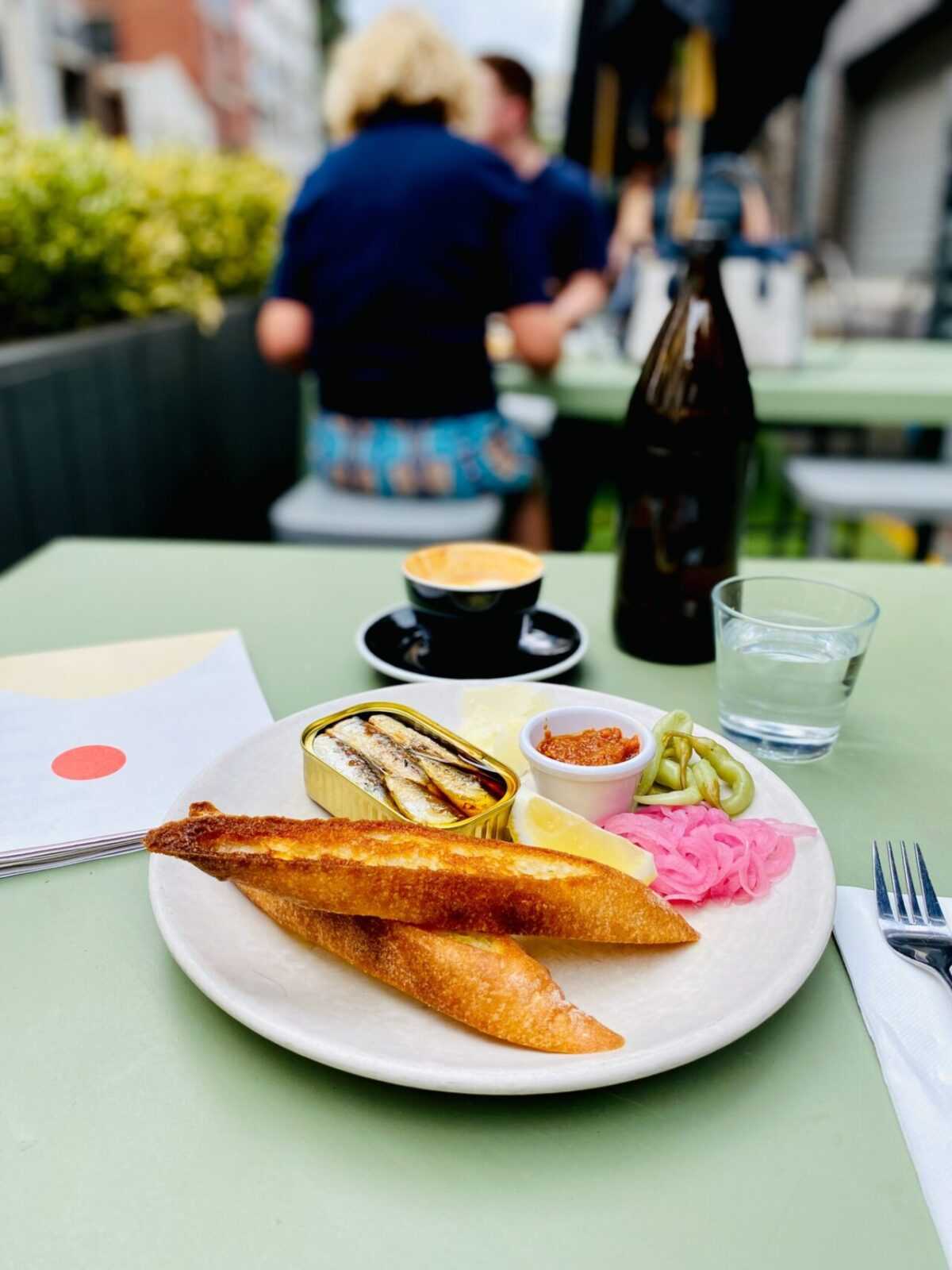
Nowadays you can spot many automatic tampers, milk distributors and milk steamers, SP9 Brewers, or automatic bean dosers. It is also important to mention, that specialty coffee here in Australia is not only about the coffee itself, but more about the combination of delicious coffee, a great breakfast and food menu, a high-end food presentation, and outstanding interior design and architecture. That is the biggest difference to our European coffee culture, from my point of view. In addition, coffee-to-go is a big thing. I find it amusing to see the many coffee lovers in the early morning walking through the streets with a reusable coffee cup in their hands and slurping their lattes, cappuccinos, or flat whites.”
Has the pandemic changed the world of out-of-home coffee also there?
“The pandemic has changed the out-of-home coffee consumption: the hospitality sector has suffered tremendously and is still facing an uncertain future. Melbourne has gone through the longest lockdown in the world. During that time, most cafés could only serve coffee-to- go. Home brewing equipment, especially high-end coffee machines brew sales spark. In parallel.
Online coffee sales and coffee subscriptions increased drastically. At the same time, we also saw the rise of specialty coffee sales in the traditional retail environment. High-end specialty coffee roasters started to sell their beans to home users through big supermarkets.
I am curious to see how the out-of-home sector is going to recovery. In parallel we also see the Melbourne and Sydney CBD to be rather empty, with many people continuing to work from home and not immediately returning to their offices. Certain cafés in the CBD areas are currently pulling only 300 to 400 coffees a day, instead of the previously more than 1’000 shots per day.”
The figure of the barista in Melbourne, a place where people have always been ahead of the coffee evolution, what is it like? What could work for Italy too?
“The barista job in Melbourne is extremely tough. Some people say that you are done after four years in a busy café. The consumers are very demanding in terms of quality and the number of coffees going out is unbelievable high. I have worked myself one shift in a café in Melbourne and I could not cope with all the orders. The hardest thing was the many
different milk beverages with different dairy milks and dairy milk alternatives such as
sweetened and unsweetened soy, almond, oat, or coconut.”
And are there any new trends you can share with us?
The following ten things stood out the most during my discovery tour through Melbourne and Sydney:
1. Sustainability with a focus on price transparency: several roasters regularly publish
their impact reports already or aim for carbon neutrality.
2. Importance of design (interior design, graphic design, and architecture).
3. Dominance of milk and milk beverages – baristas are milk texturing robots.
4. Dairy milk alternatives are on the rise and an absolute must for many cafés.
5. Food in general is tasty, and its presentation is a key success driver.
6. Coffee blends are very popular, often from two origins, cutting well through milk.
7. Batch brew is omnipresent, with often two single origin choices on the menu.
8. Coffees show well develop roast profile with a focus on sweetness and body.
9. Automation arrived: from milk dosing and texturing to coffee dosing and tamping.
10. Coffee-to-go is huge, and coffee zombies walk through the streets in the early
morning with their reusable cups in their hands to get their daily caffeine fix.”
Eiermann, we left you in 2018, when you were supposed to write your book about your experience at the World Barista Championship: would you like to tell us about it now that it has been published?
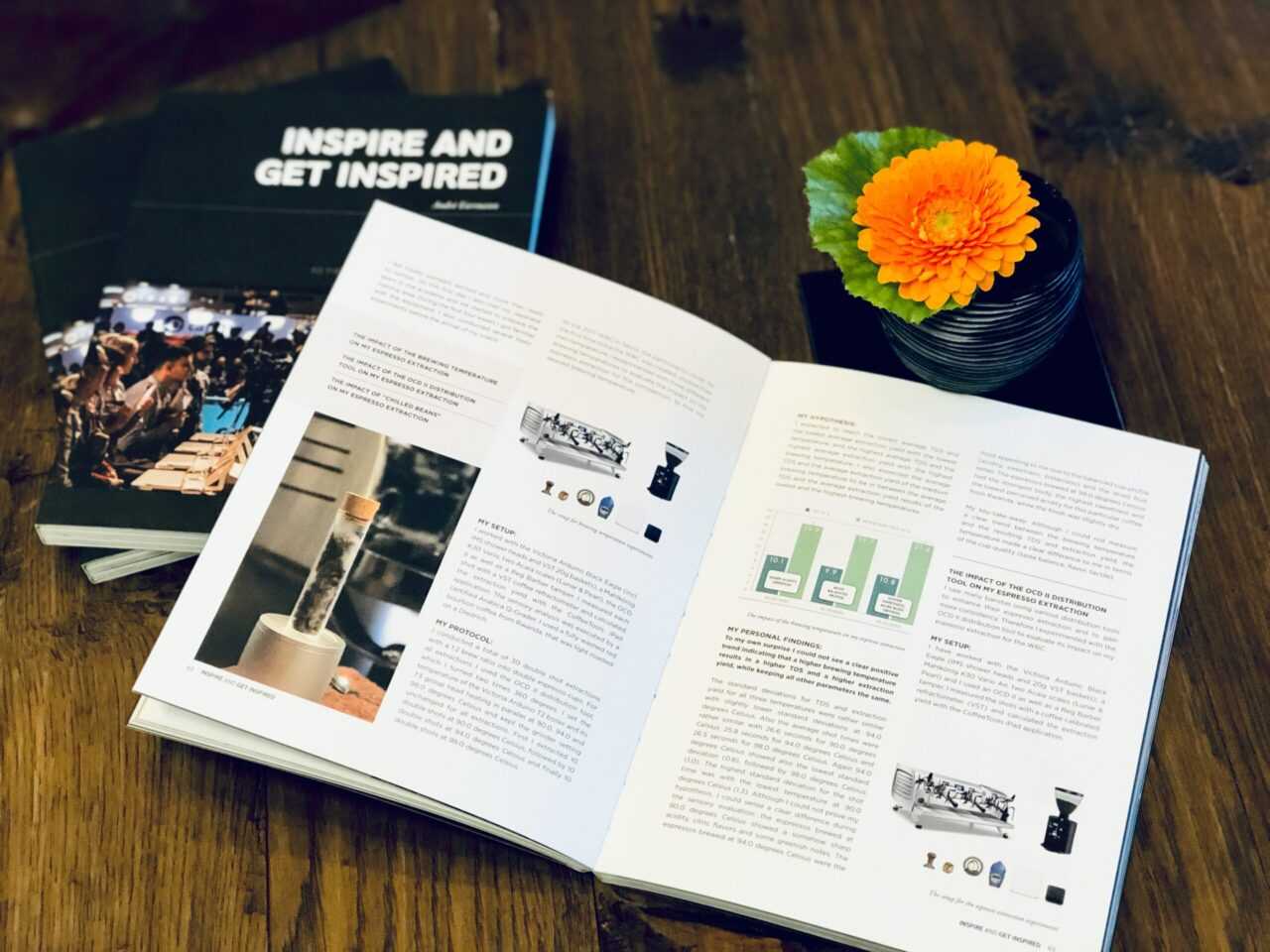
“Indeed, I finished writing my book “INSPIRE and GET INSPIRED” on 30 November 2019 in
Kyiv and immediately travelled in December to Shanghai for my first three-day Ultimate-
Freshness Masterclass. Unfortunately, the pandemic broke out a few weeks later and since
then I am still waiting to be able to travel again. I had the great advantage of having great support from many people during my preparation for the World Barista Championship. This allowed me to make tremendous progress in very little time.
Not many baristas have this possibility, which is why I wanted to share my experience. I am neither a real barista nor a barista coach. You will also not find clear instructions for how to prepare for championships. My book is more like my diary, where you can find inspiration from my own experience. I have also added my scientific research about espresso extraction as I am convinced that the future of coffee is driven by research based on innovation.
While I will not compete anymore, I hope my journey will help many to enjoy coffee even more. One big highlight of the book is chapter 21 – Ultimate Freshness – Changing the Specialty Game. My dream in 2017 was to walk one day into a coffee shop, choose from fresh green beans, choose my preferred roast profile, follow the roasting process, and then enjoy an ultimate fresh coffee.
My vision came true; there are currently four instore roasting solution available: Roastelier
by Nescafé, The Roasting Plant, Mikafi, and Bellwether. Hence, the World Barista Championship back in 2017 was a very relevant innovation platform for the entire coffee
industry.”
By now the Italian championships are just around the corner and then there will be the World Barista Championships in September in Melbourne, Australia: how do you judge the participant selection system, which has been affected by the pandemic context?
“Competing in national barista championships and later at the world level requires a
tremendous effort: countless hours of training, great teamwork and above all a big financial
investment. Pandemic or no pandemic, today’s Rules & Regulations make it difficult for newcomers to join the competition stage.
Nevertheless, the pandemic made it especially difficult to prepare, as many cafés had to find new ways to navigate through the hospitality crisis. In addition, it was difficult to travel to origin, collaborate with producers and to find innovations to push the boundaries of specialty coffee. Maybe it is now the time to rethink the current WBC Rules & Regulations to make the competition more accessible and above all to put a greater focus on sustainability.”
When do you expect to compete again?
“There are days (many days) when I feel that I should compete again. I also receive, about once a week, a message via social media from baristas around the world asking me to compete again. The new and bigger IKAWA roasting machine would now allow me to roast the coffee for all three courses (espresso, milk beverage, and signature drink) at once during the 15-minute competition time. Therefore, it would theoretically be possible to freshly and extract coffee for all three courses. This is rather tempting.”
Eiermann, what can you tell us about the future of your professional life?
“After my 21 months waiting time in Switzerland and Italy, I am super happy to have finally
arrived now in my new home in Melbourne. I am also thrilled to spend a lot of my time in
the newly built Experience Lab in the vibrant suburb of Brunswick. I can drink as much tasty coffee as I want, while learning new things about specialty coffee – at the speed of light – and engaging with the Australian specialty community. This learning and sharing experience is absolutely priceless.
Furthermore, I want to focus more on sustainability this year, in business but also in my
private life. Before leaving for Australia, I worked and helped on several sustainable
projects: organic oat milk, craft beer, bean-to-bar chocolate, and vertical farming. My wish is to find a little farm, where I can grow my own lemon trees to produce the tastiest lemonade you could possibly think of.
But for now, coffee first!”




